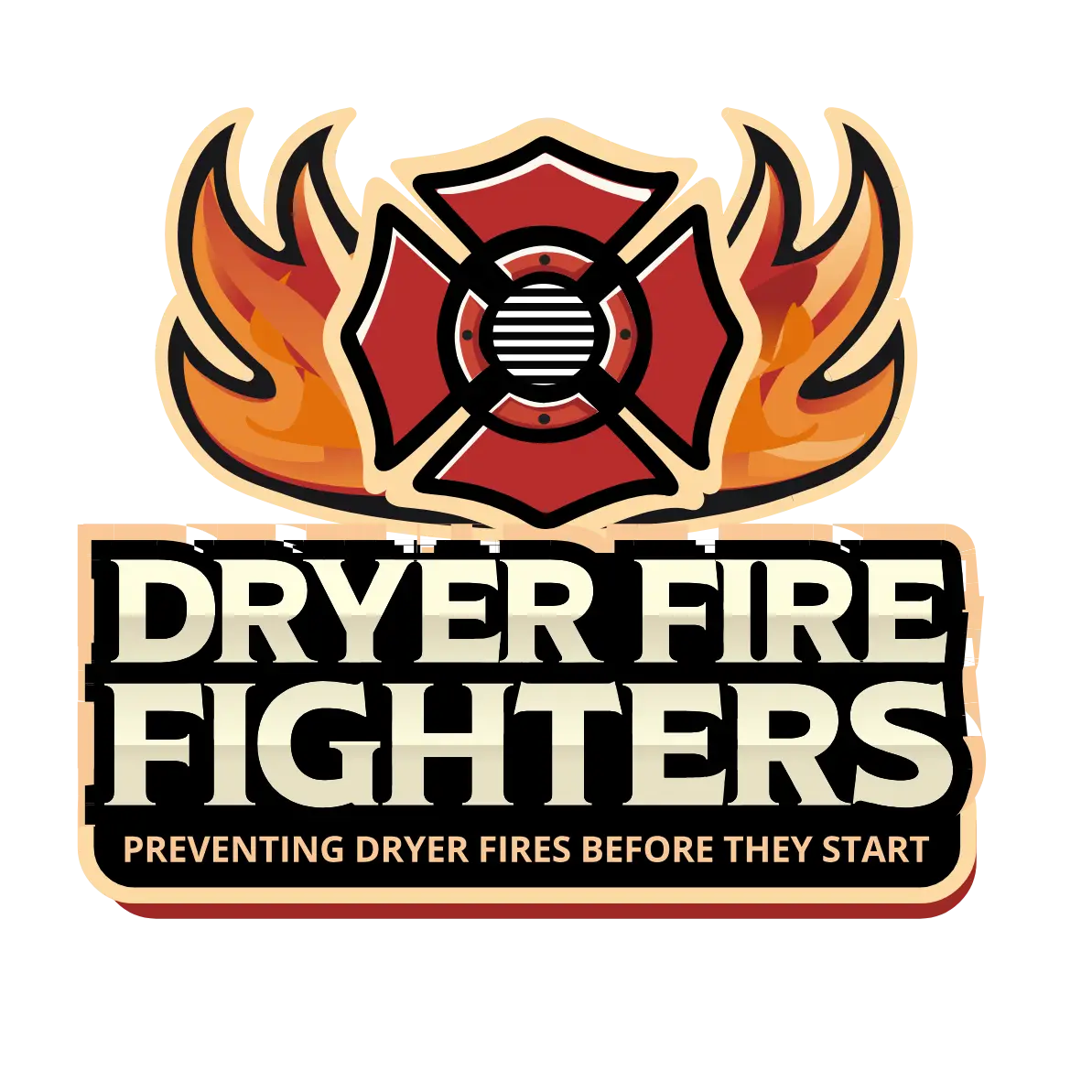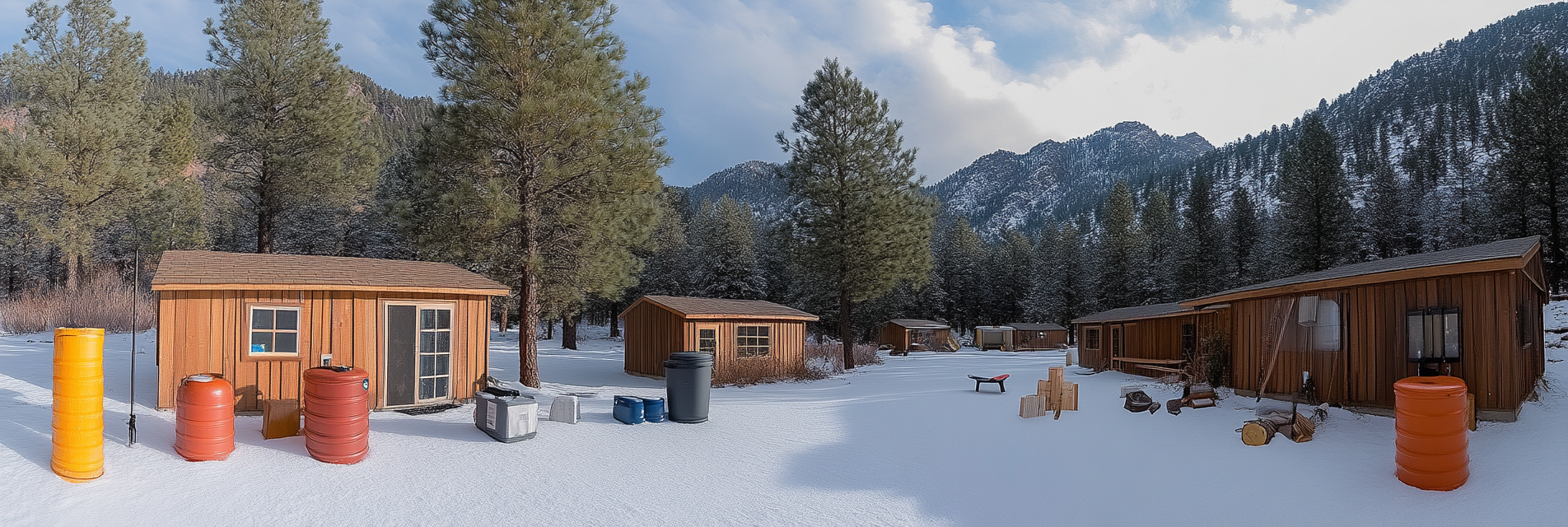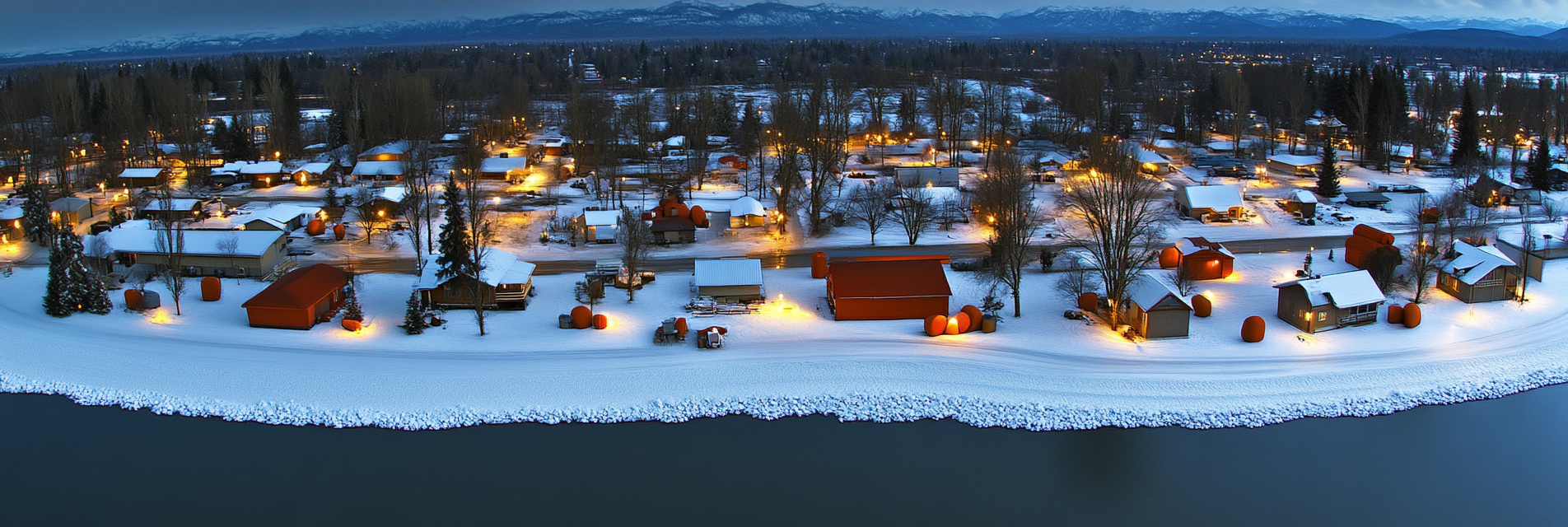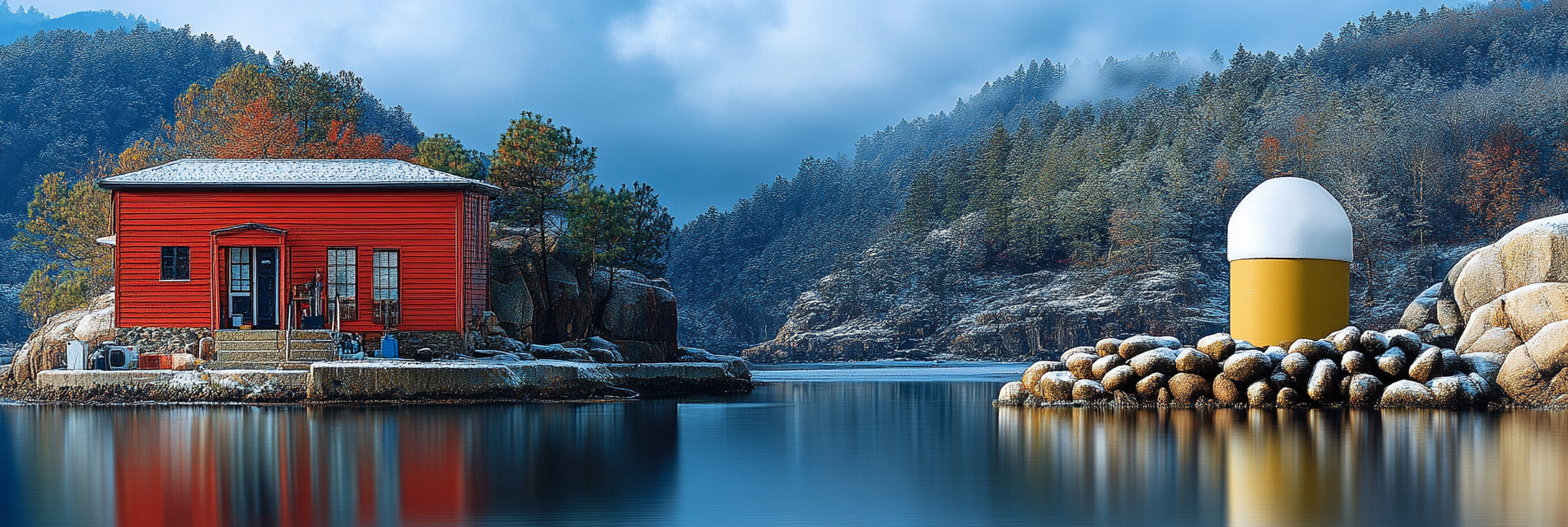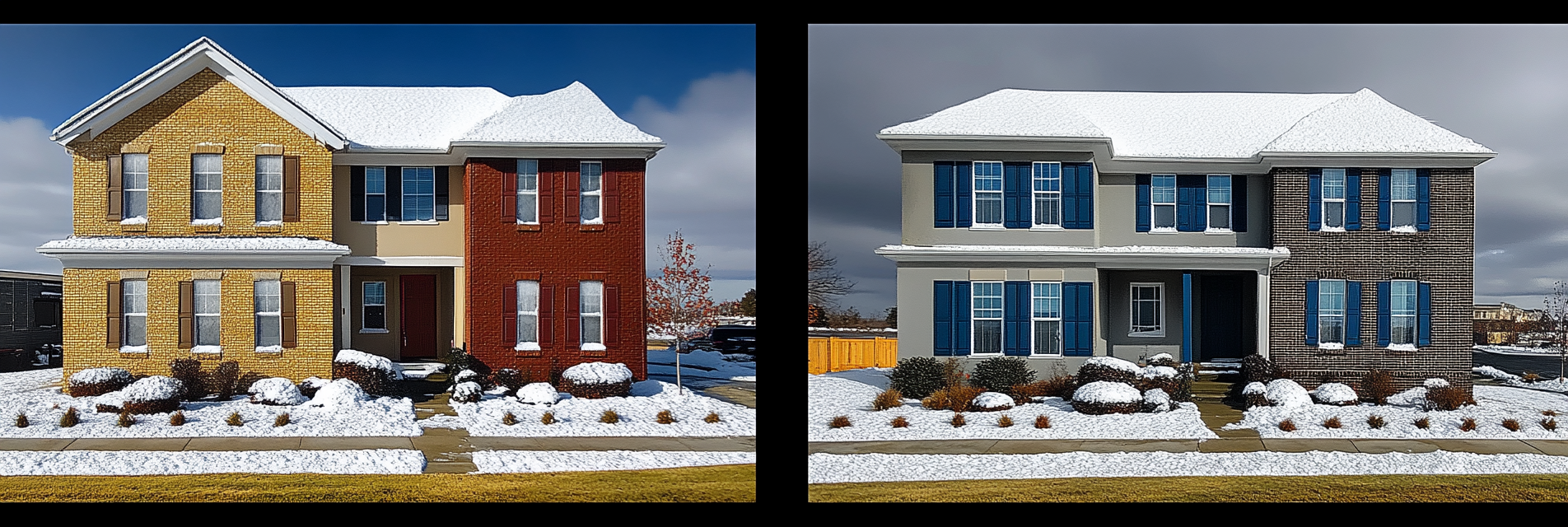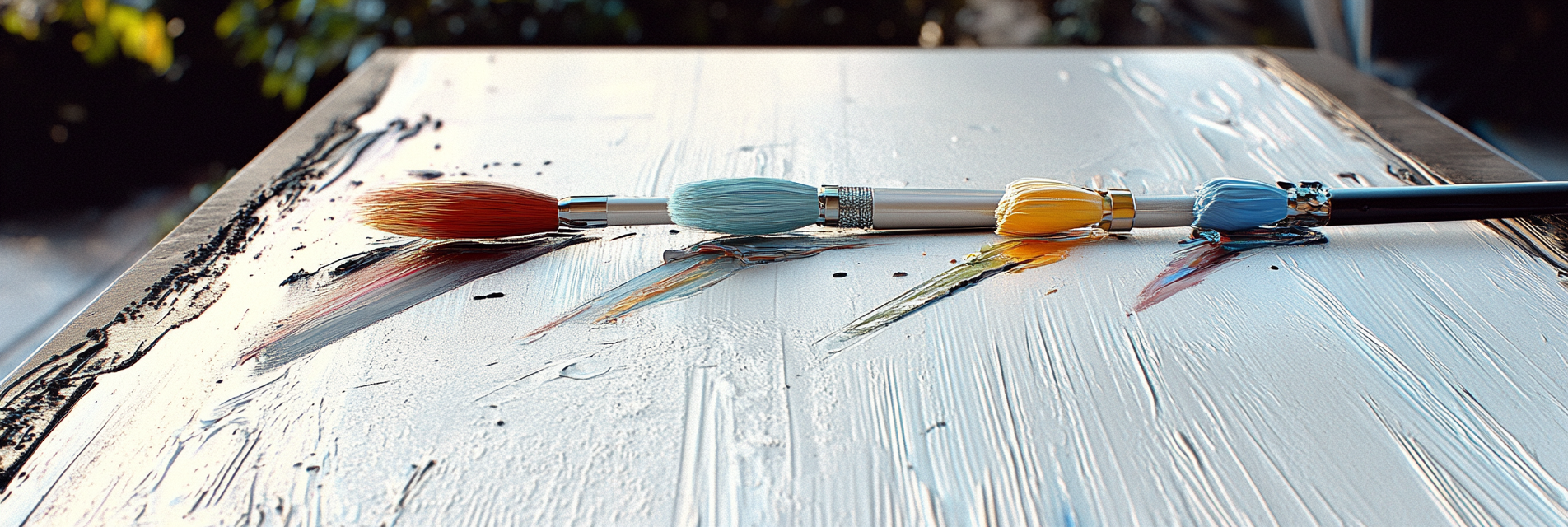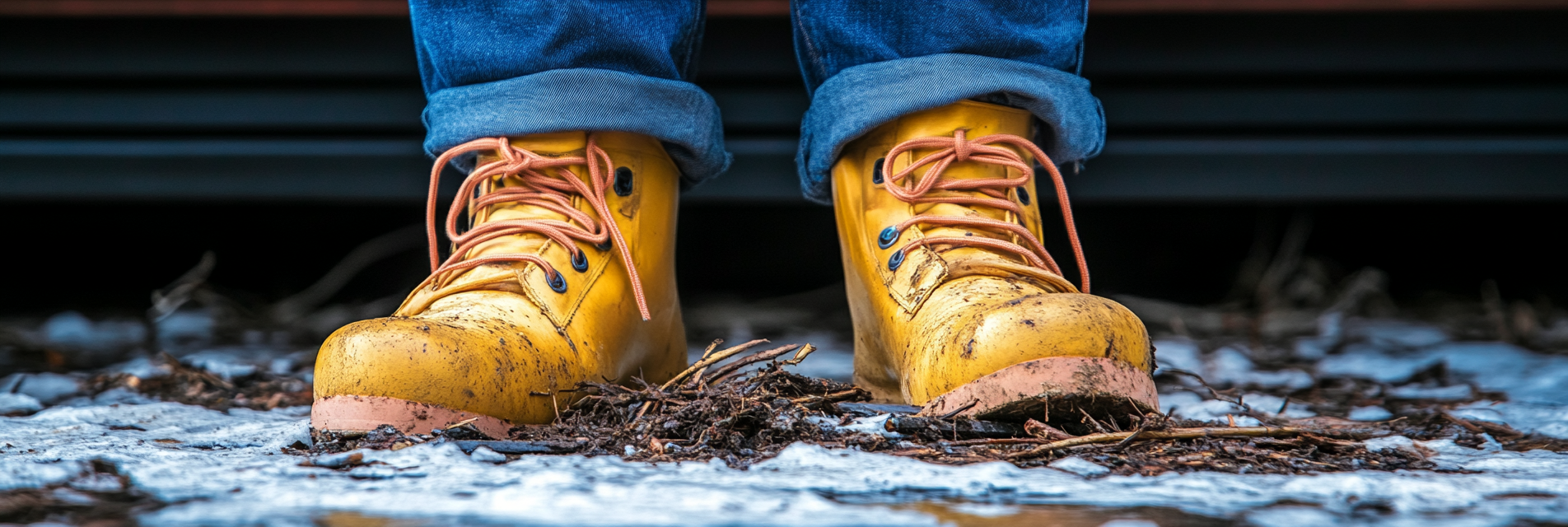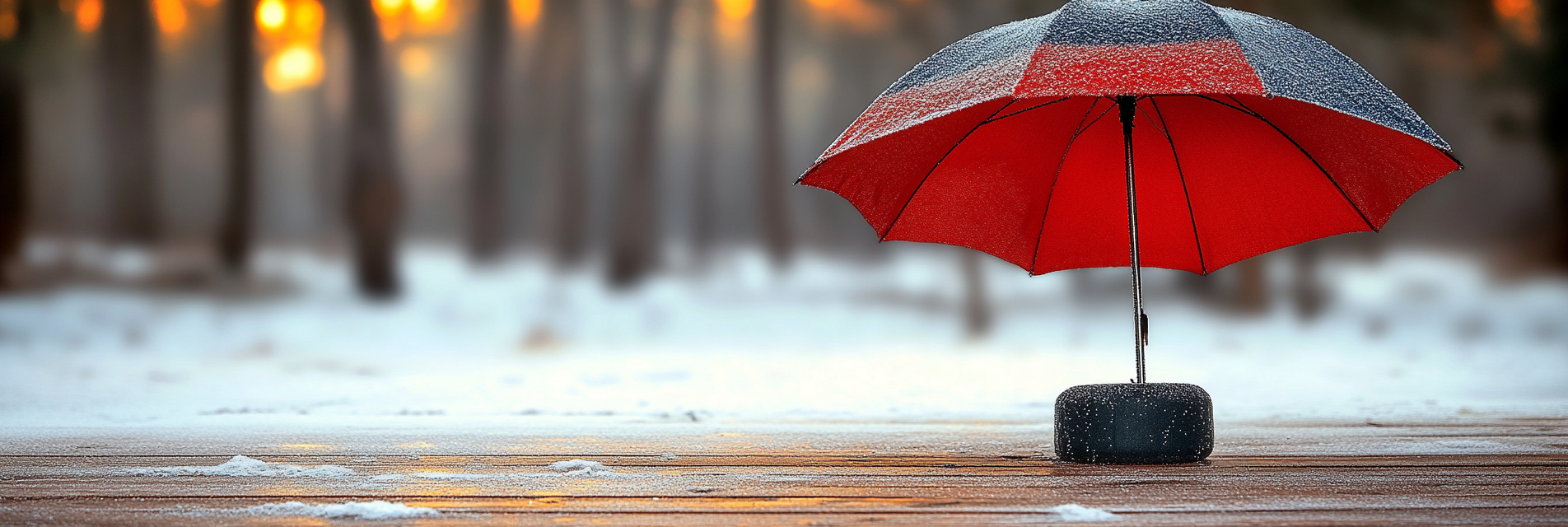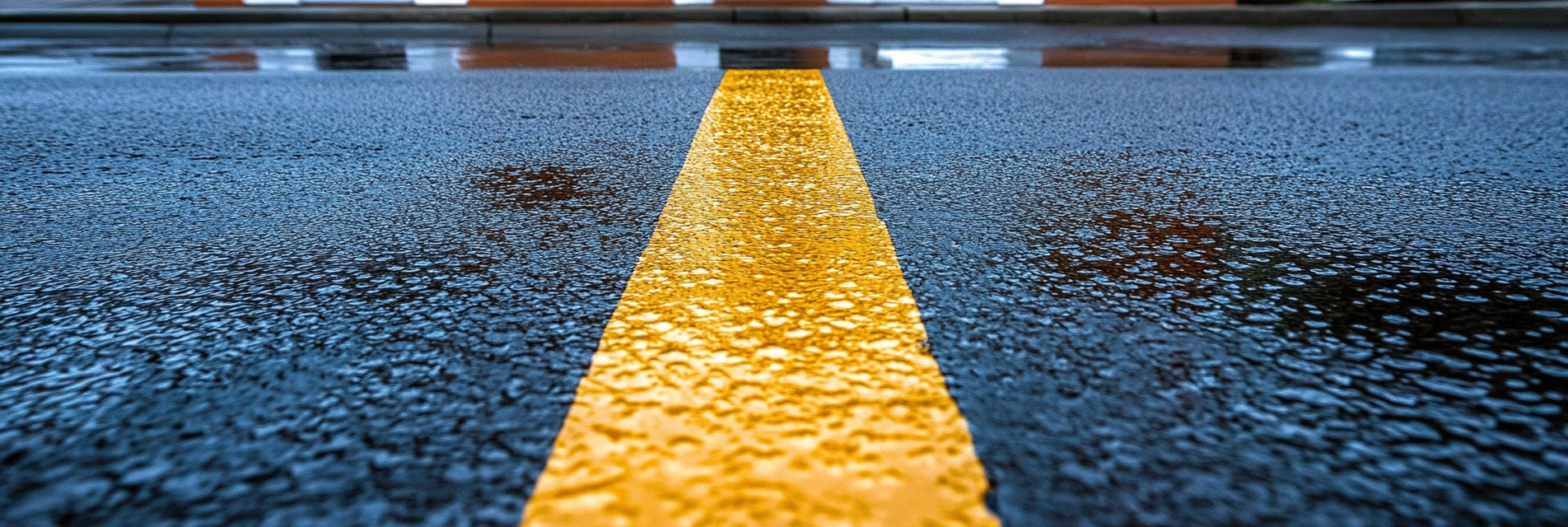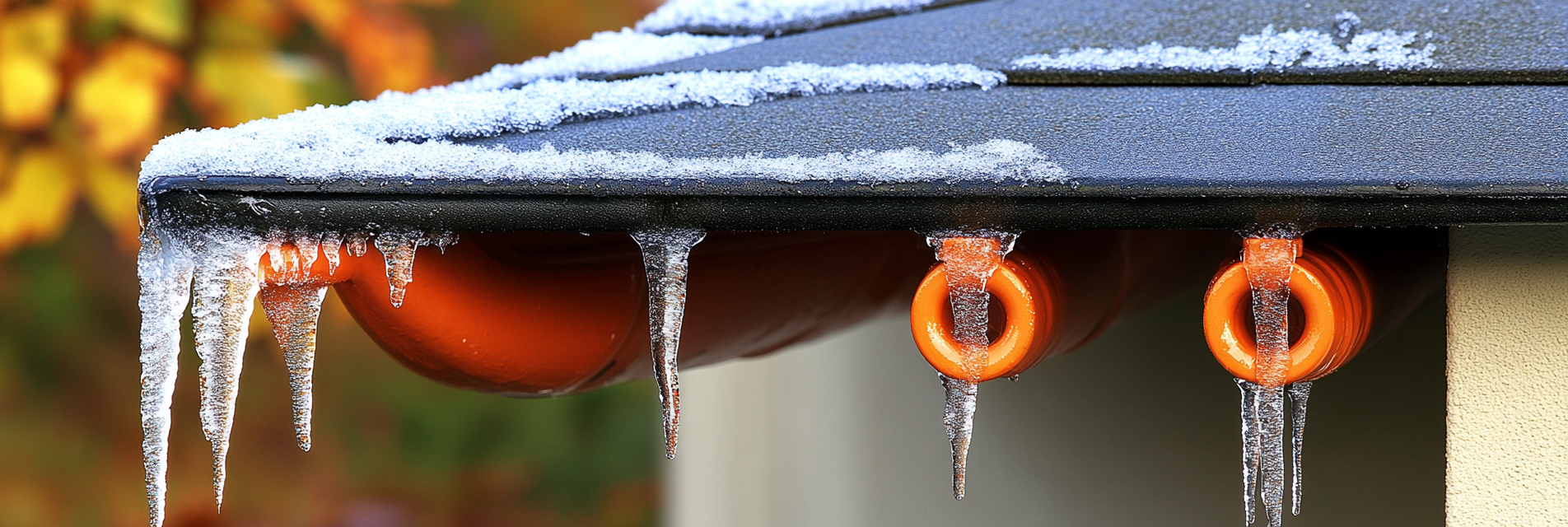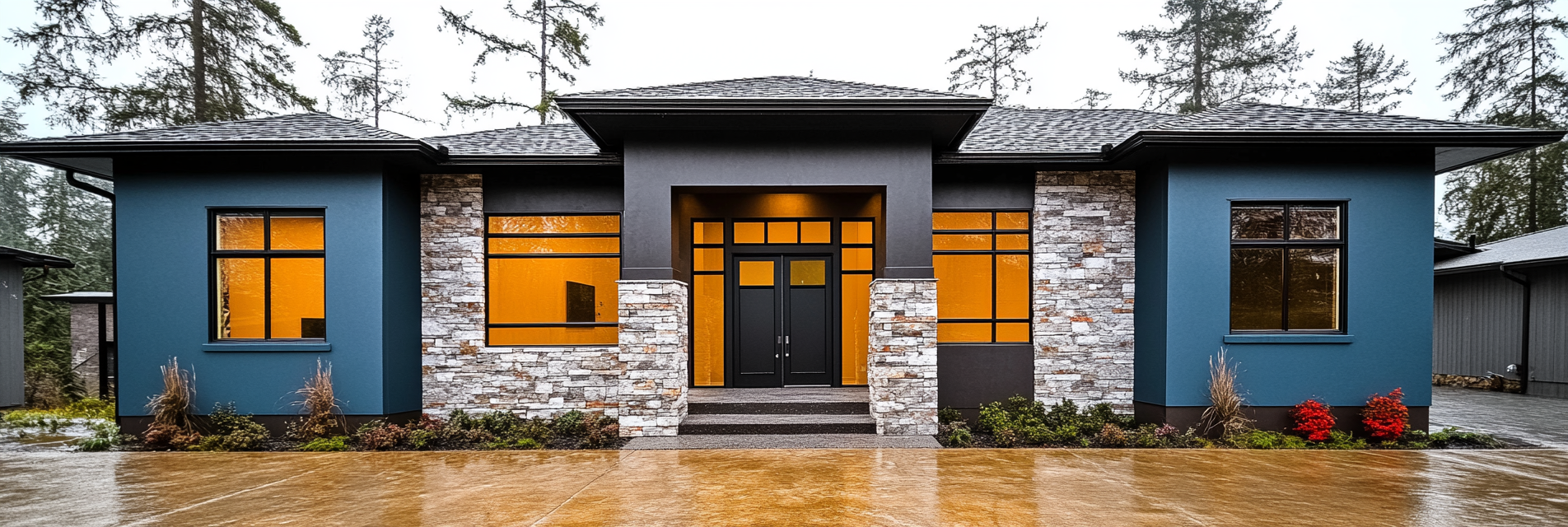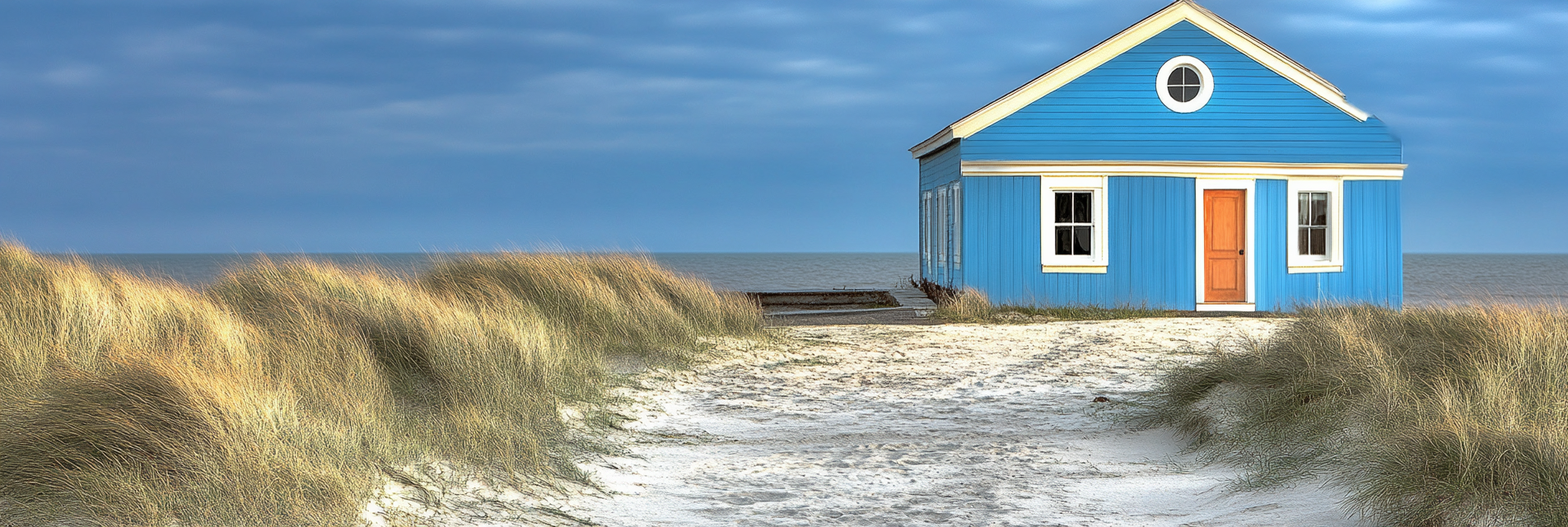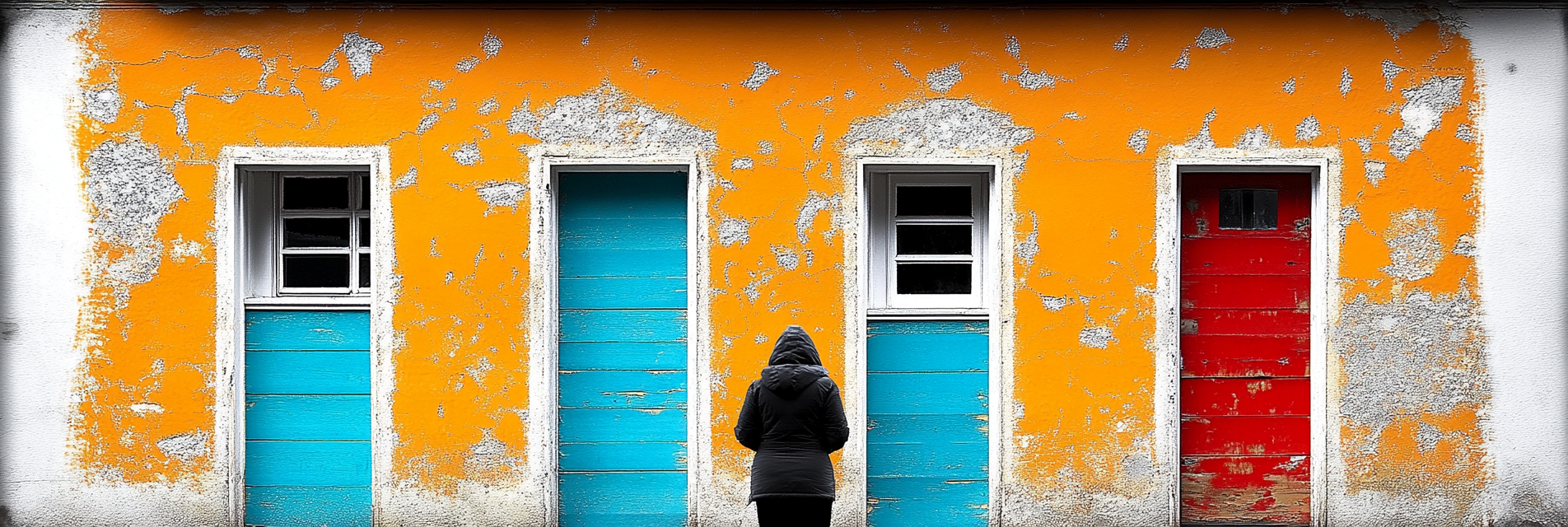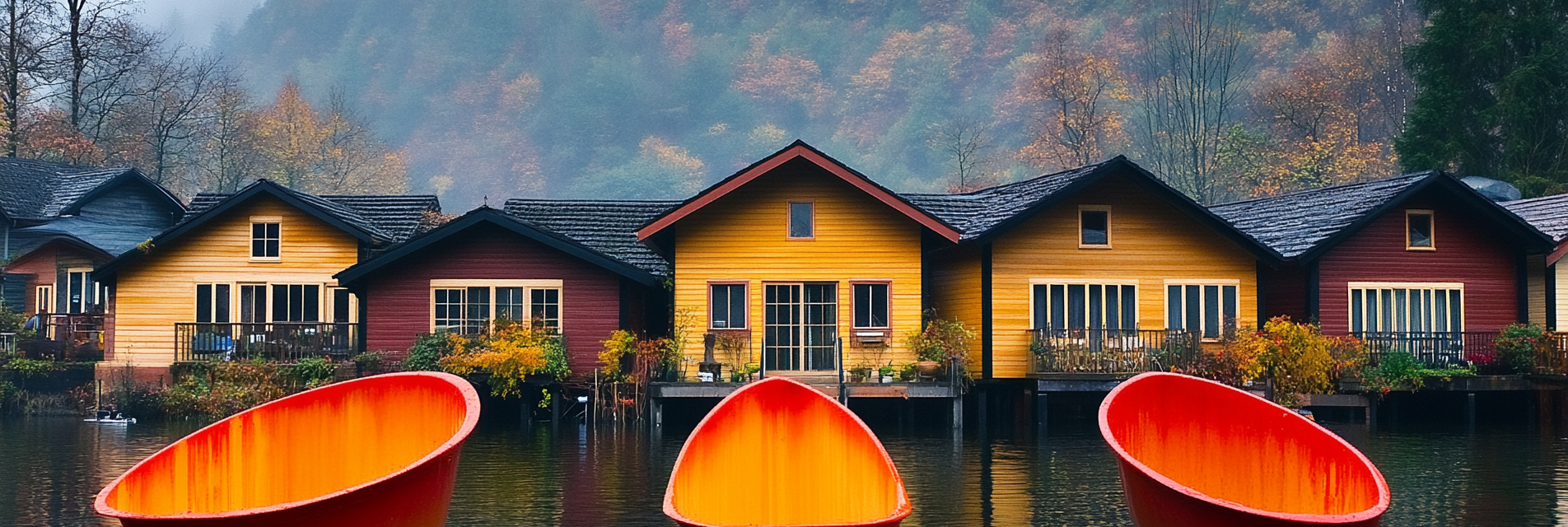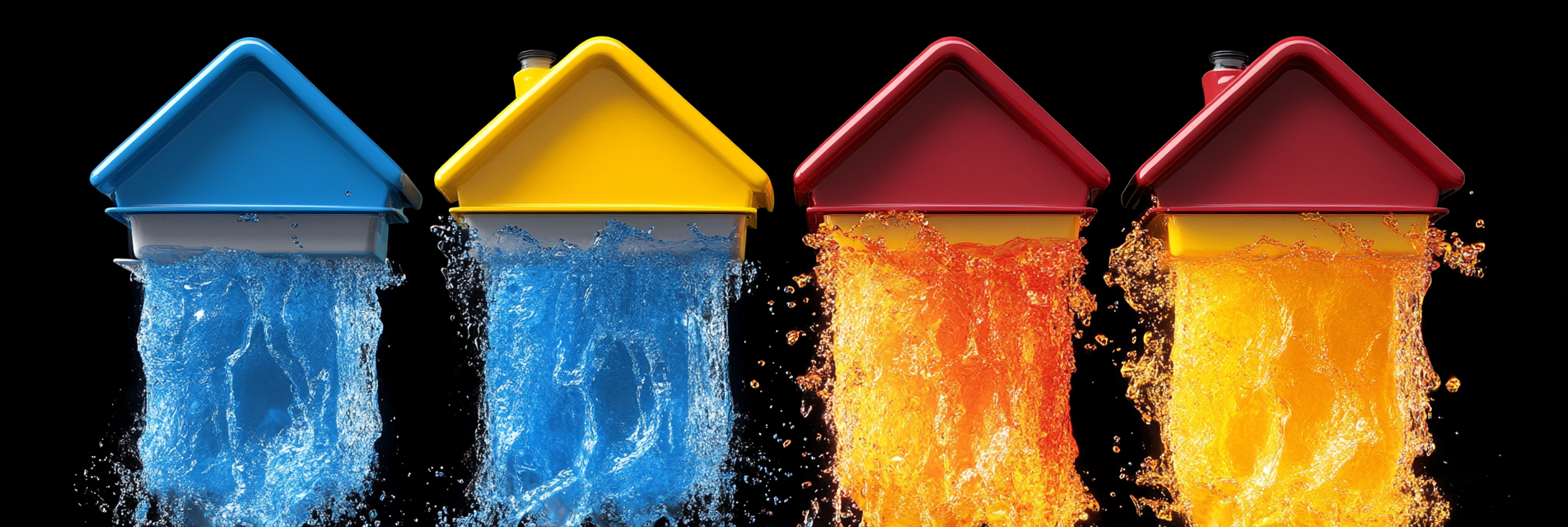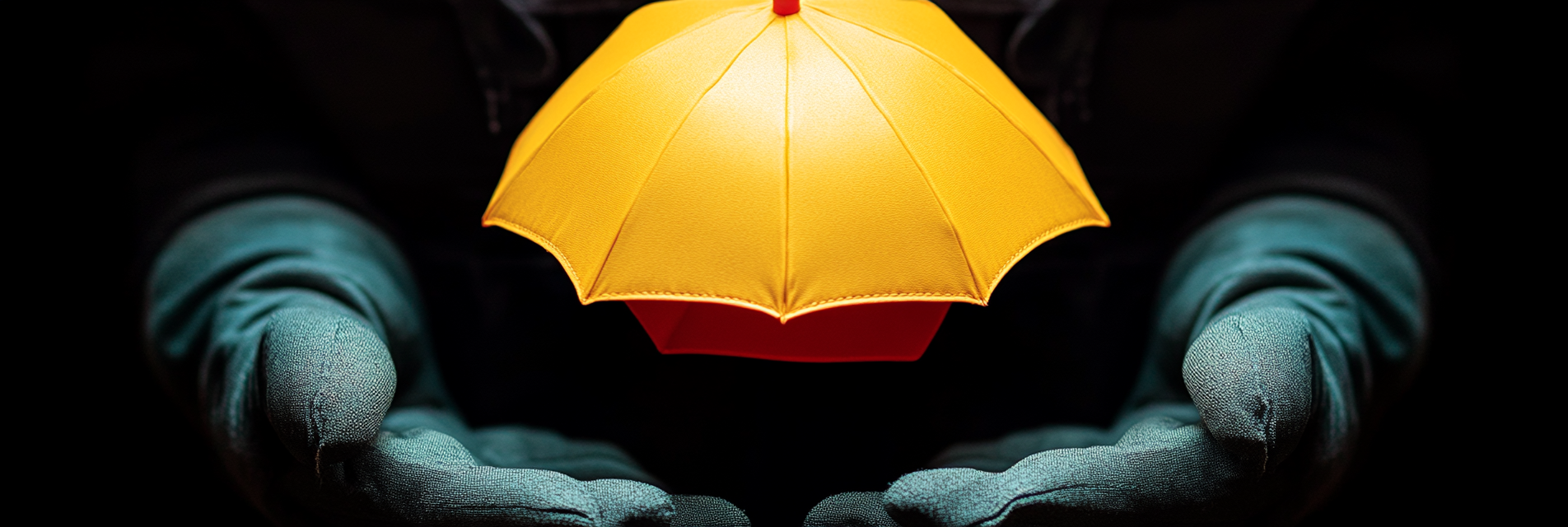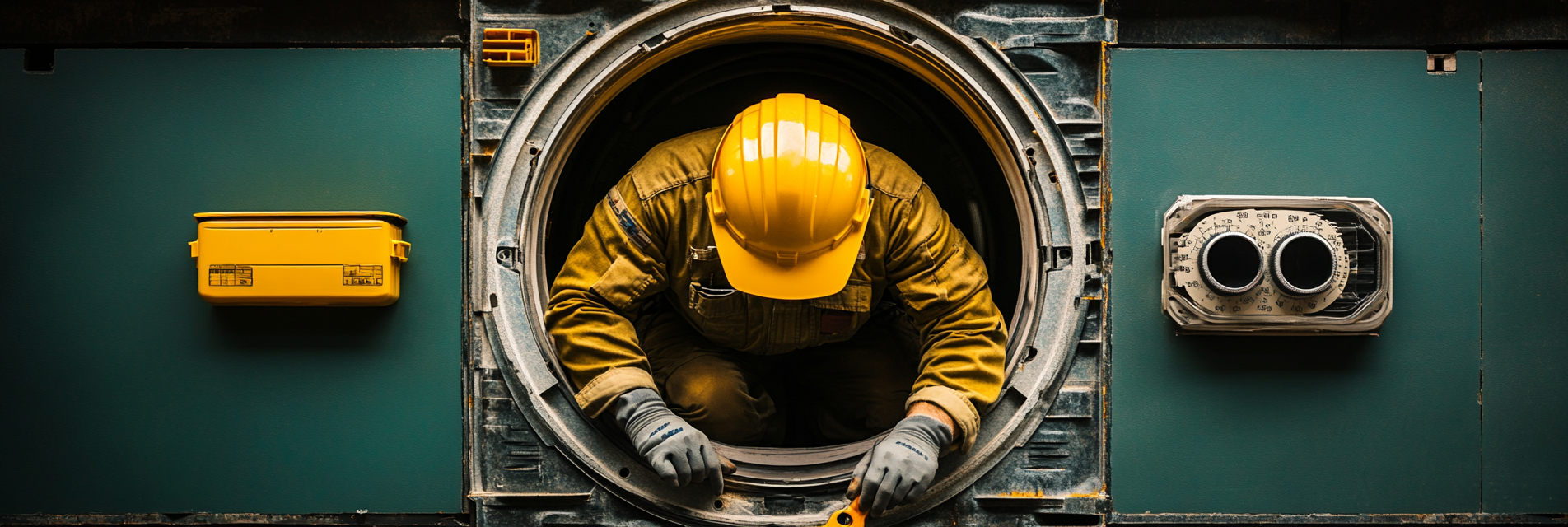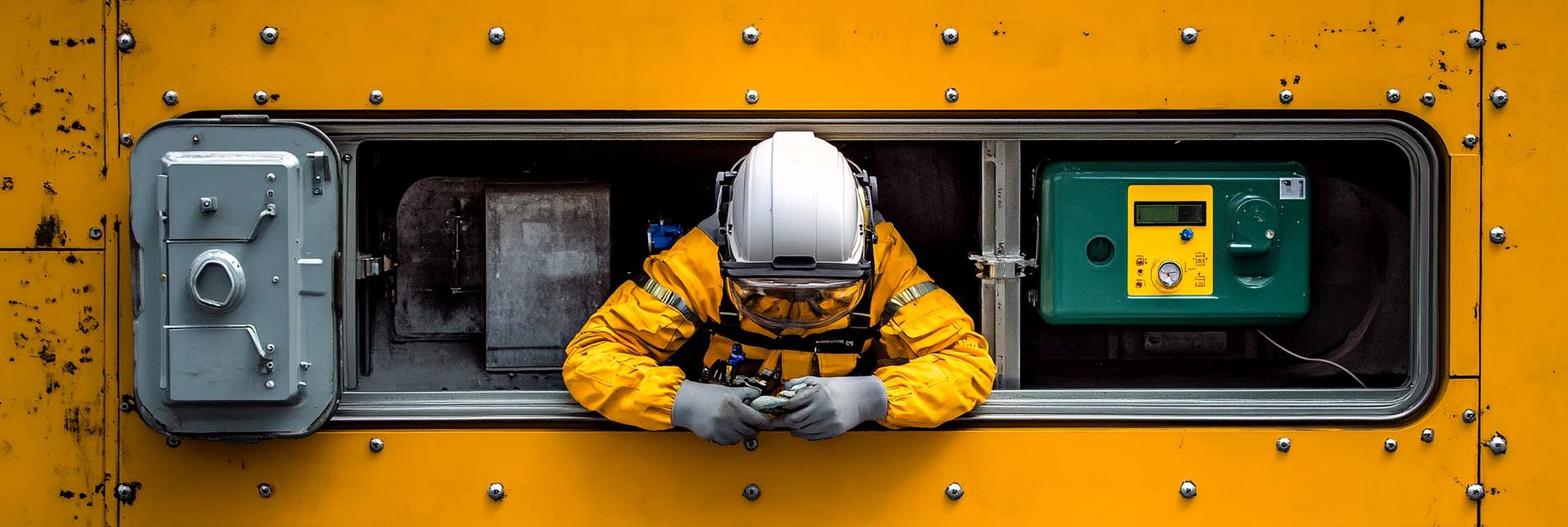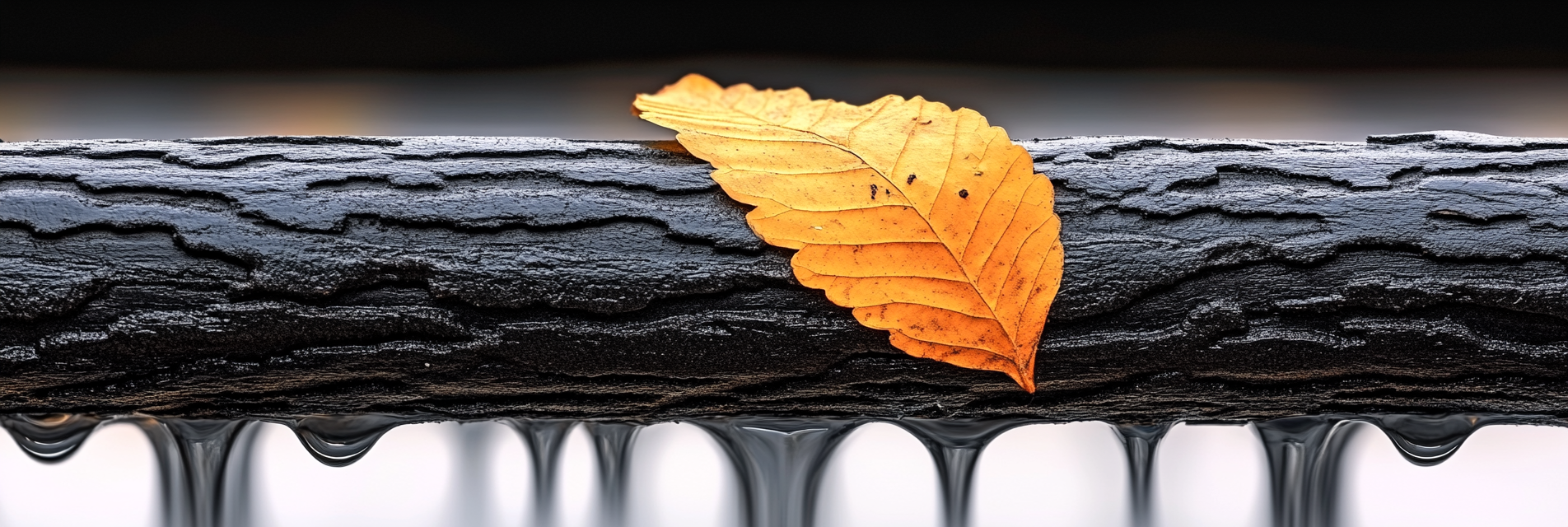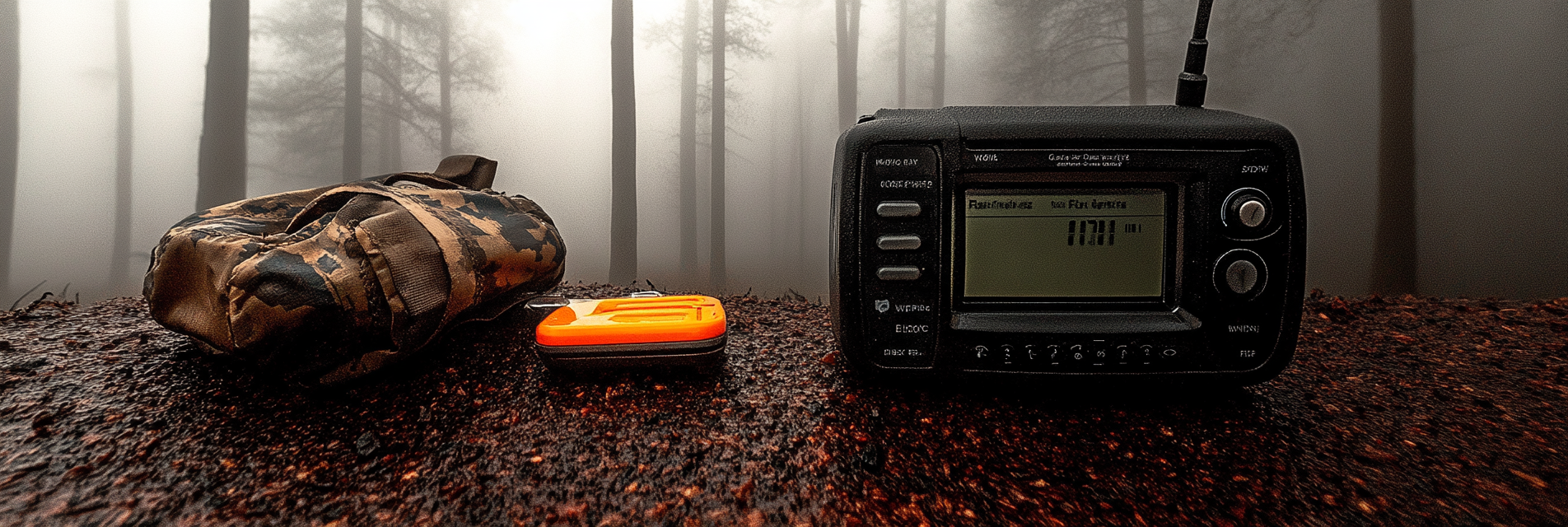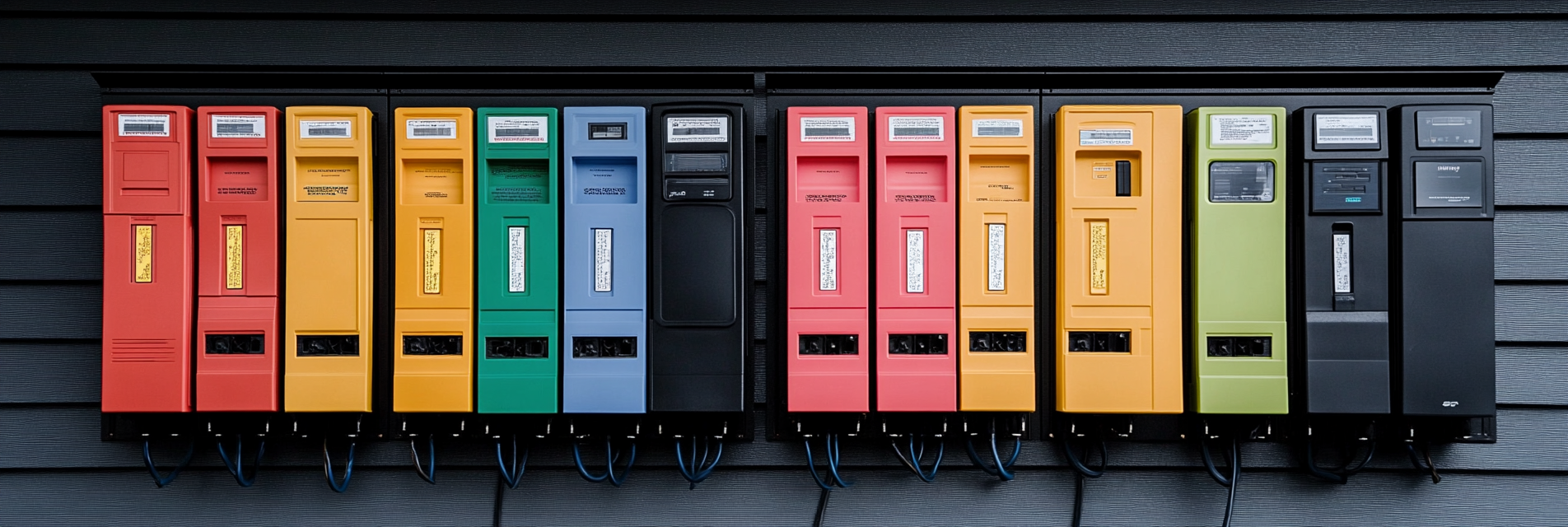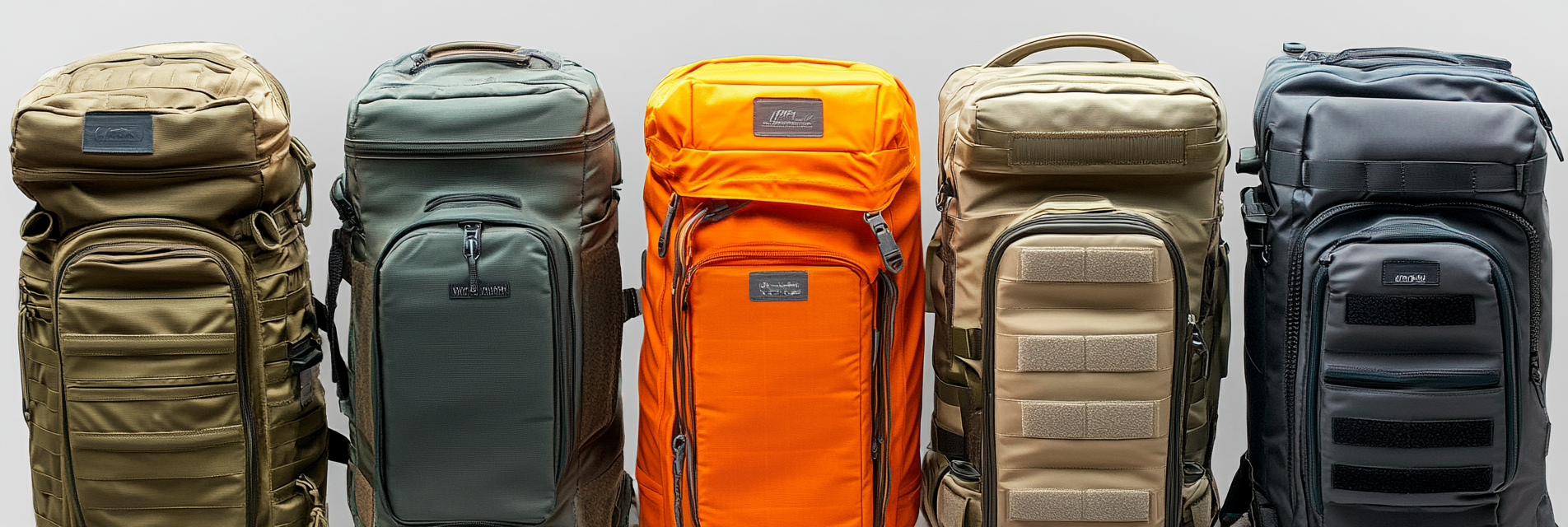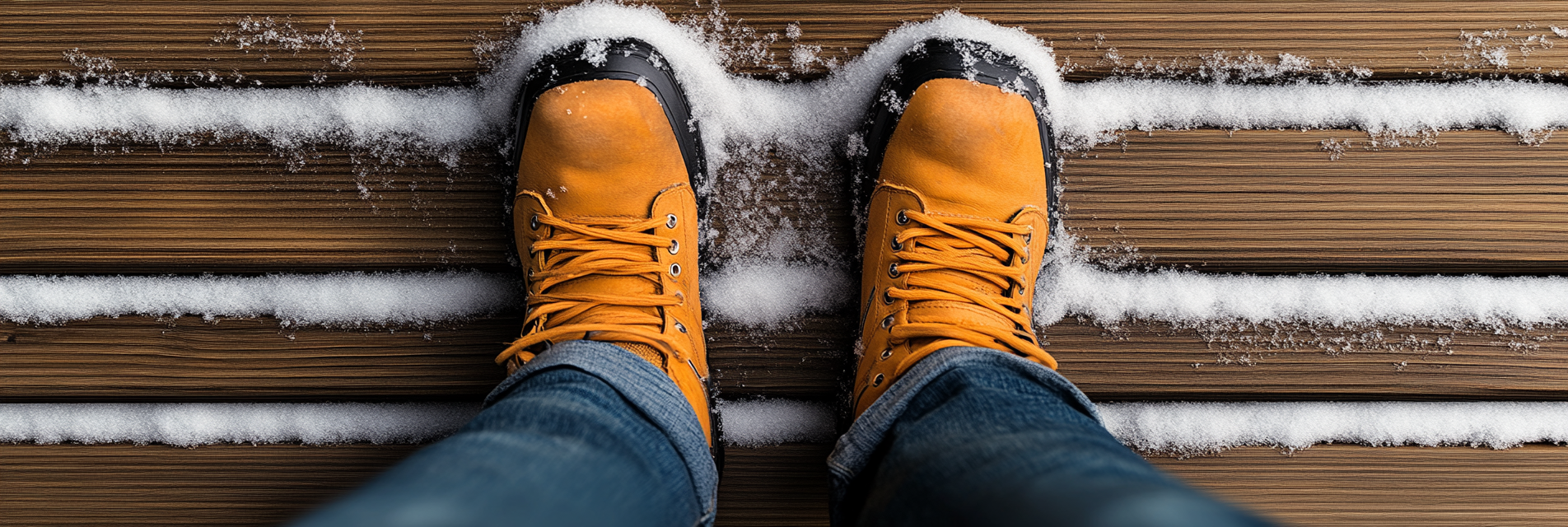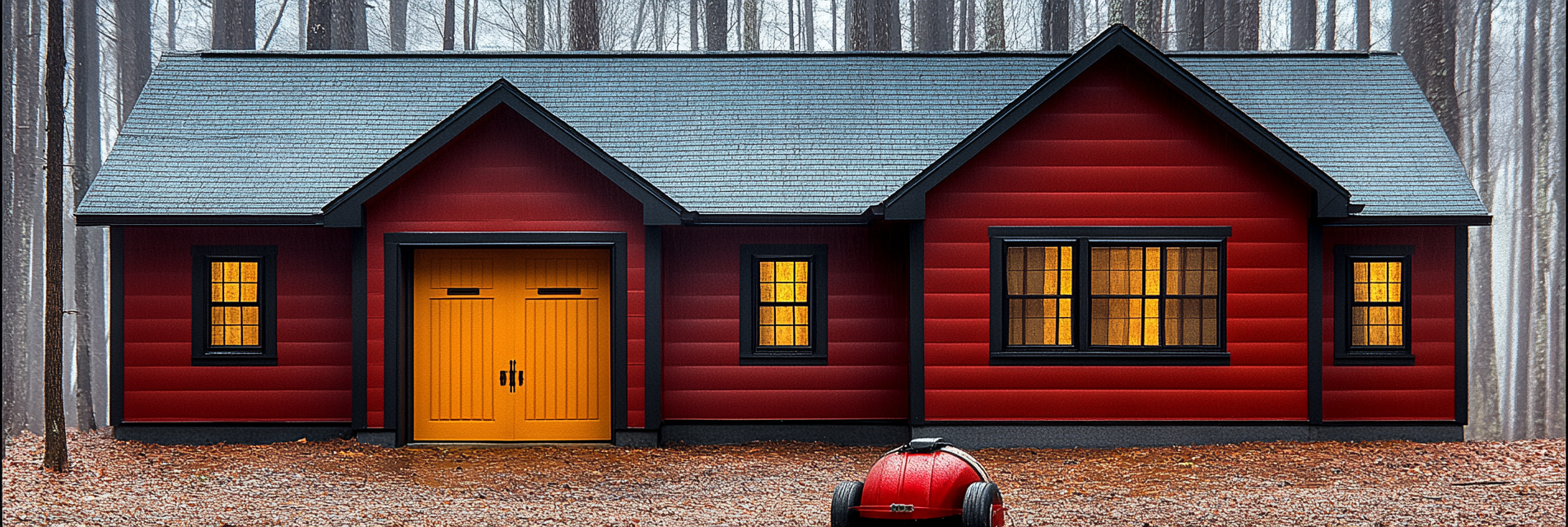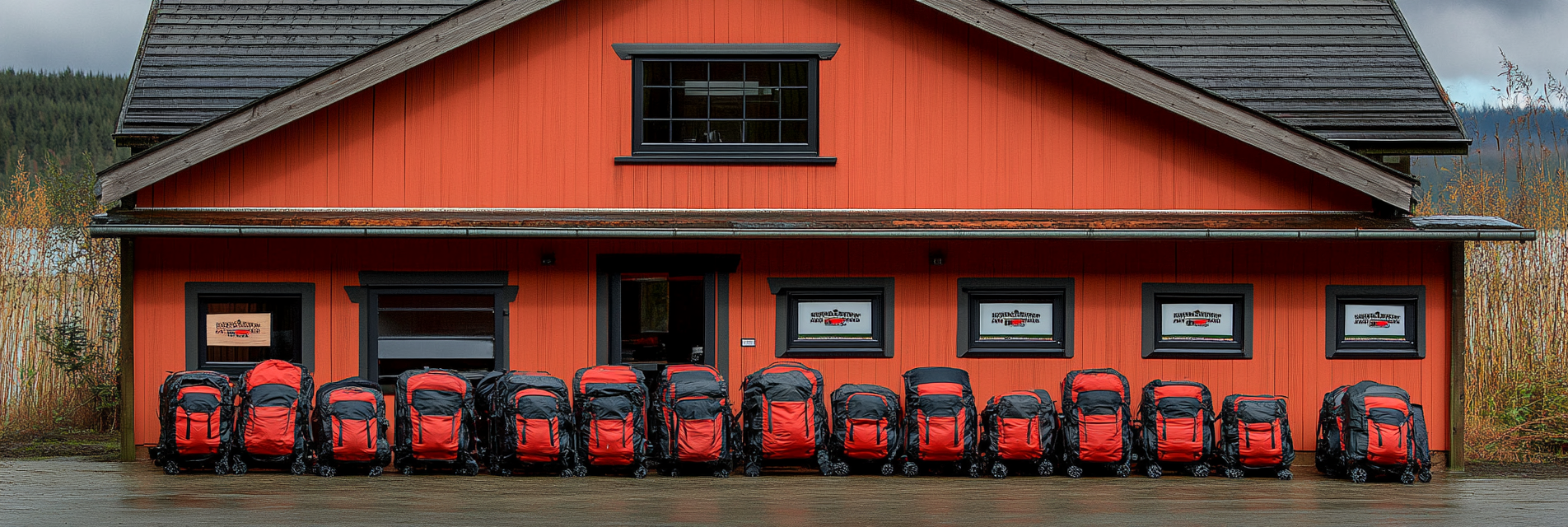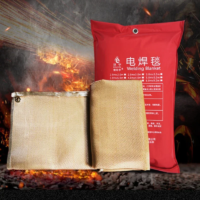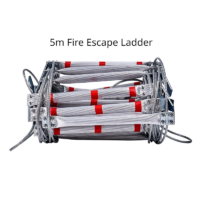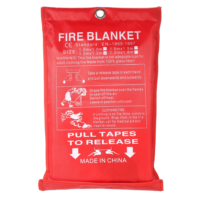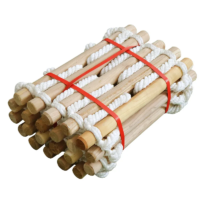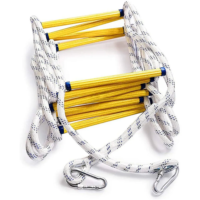Winter storms in Washington state can bring heavy snowfall, ice, and frigid temperatures, leading to power outages, difficult travel conditions, and safety concerns. Ensuring your home is prepared for winter weather can help you stay safe, warm, and comfortable. This article covers essential tips for winter storm preparation, from insulating your home to emergency supplies and heating solutions.
1. Insulate Your Home to Retain Heat
Keeping your home properly insulated helps maintain warmth and reduces energy costs:
- Seal Windows and Doors: Apply weather stripping or caulking around doors and windows to prevent cold drafts from entering and heat from escaping.
- Add Insulation: Ensure that your attic, basement, and walls are adequately insulated to improve overall heat retention.
- Use Heavy Curtains: Close heavy or thermal curtains at night to help keep the heat inside.
Product Tip: Frost King Weatherstrip Tape is an easy-to-use solution for sealing drafty windows and doors.
2. Prepare for Power Outages
Power outages during winter storms can last from a few hours to several days. Be ready with alternative power sources and lighting:
- Backup Power: Invest in a generator, such as the Honda EU2200i Portable Generator, to power essential appliances and lights.
- Battery-Powered Lighting: Keep LED flashlights and lanterns in easy-to-access locations.
- Charge Power Banks: Maintain fully charged power banks to keep phones and other devices operational.
Safety Tip: Never use generators or propane heaters indoors as they produce carbon monoxide. Always operate them outside in a well-ventilated area.
3. Maintain Emergency Heating Solutions
Staying warm during a power outage is crucial, especially during extreme cold:
- Space Heaters: Use safe, modern space heaters with built-in safety features like tip-over and overheat protection. The Dr. Infrared Heater Portable Space Heater is a reliable option for supplemental heat.
- Fireplace and Wood Stove: If you have a wood-burning fireplace or stove, ensure you have a supply of dry firewood.
- Layered Clothing and Blankets: Dress in multiple layers, and keep extra blankets and sleeping bags on hand for added warmth.
4. Create an Emergency Kit
Your winter emergency kit should include essentials for at least three days:
- Food and Water: Store non-perishable food items and one gallon of water per person per day.
- First Aid Kit: Include basic supplies like bandages, antiseptics, pain relievers, and prescription medications.
- Warm Clothing: Pack extra hats, gloves, thermal socks, and hand warmers.
- Portable Radio: A battery-operated or hand-crank radio can provide weather updates when other communication methods fail.
5. Winterize Your Vehicle
Winter storms can disrupt travel and make roads hazardous:
- Emergency Car Kit: Keep an emergency kit in your vehicle with jumper cables, a flashlight, batteries, blankets, snacks, and a small shovel.
- Winter Tires: Ensure your car is equipped with winter tires or all-season tires with good tread.
- Top Off Fluids: Maintain proper levels of antifreeze, windshield washer fluid, and engine oil.
6. Protect Your Pipes from Freezing
Frozen pipes can burst, causing significant damage:
- Insulate Pipes: Wrap pipes in unheated areas with insulation or use heat tape to prevent freezing.
- Let Faucets Drip: During extremely cold weather, let faucets connected to vulnerable pipes drip slowly to prevent freezing.
- Open Cabinets: Keep cabinet doors open under sinks to allow warm air to circulate around pipes.
Product Tip: Frost King Pipe Insulation Kit is an effective way to insulate exposed pipes and reduce the risk of freezing.
7. Keep Snow Removal Tools and Supplies Ready
Having the right tools on hand can make snow and ice removal safer and easier:
- Shovels and Ice Melt: Keep a sturdy snow shovel and a supply of ice melt or rock salt to clear walkways and prevent slipping.
- Roof Rake: A roof rake can help remove snow buildup and prevent ice dams, which can cause roof damage.
- Traction Aids: Use sand or non-clumping cat litter to add traction to icy driveways and walkways.
8. Monitor Weather Conditions
Stay informed by checking weather updates and warnings:
- Weather Apps and Alerts: Sign up for local weather alerts on your smartphone to receive real-time updates.
- Weather Radio: Keep a NOAA weather radio in your emergency kit to receive information during power outages.
9. Safety Tips for Using Alternative Heat Sources
When using fireplaces, wood stoves, or space heaters:
- Ventilation: Ensure proper ventilation to avoid carbon monoxide buildup.
- Fire Safety: Keep a fire extinguisher nearby and teach all household members how to use it.
- Clear Flammable Materials: Maintain a safe distance between any heat source and flammable objects, such as curtains or furniture.
10. Prepare for Post-Storm Cleanup
After the storm, take precautions to stay safe:
- Clear Snow and Ice Carefully: Shovel snow in shifts to avoid overexertion, and take breaks to prevent hypothermia or strain.
- Inspect Your Home: Check for damage to your roof, windows, and any outdoor structures.
- Watch for Ice Hazards: Be cautious of ice patches on sidewalks and driveways to prevent slips and falls.
Conclusion
Preparing for winter storms involves a combination of home insulation, emergency supplies, and safe practices. By following these steps, you can reduce the impact of severe weather and ensure your household stays safe, warm, and well-equipped. Paul Lindberg’s Dryer Fire Fighters recommends proactive measures and readiness to keep your family protected during Washington’s winter season.
Serving the communities of:
Kennewick | Pasco | Richland | West Richland | Finley | Burbank | Benton City | Prosser | Grandview | Connell
As the sole certified dryer exhaust technician recognized by CSIA.org in the Tri-Cities area, Paul brings a wealth of expertise to fire prevention. His primary focus lies in addressing the root cause of many residential fires: lint buildup in dryer cavities and vents. Through rigorous inspections and thorough cleanings, Paul ensures that families and businesses can enjoy peace of mind, knowing their properties are safeguarded against fire risks.
